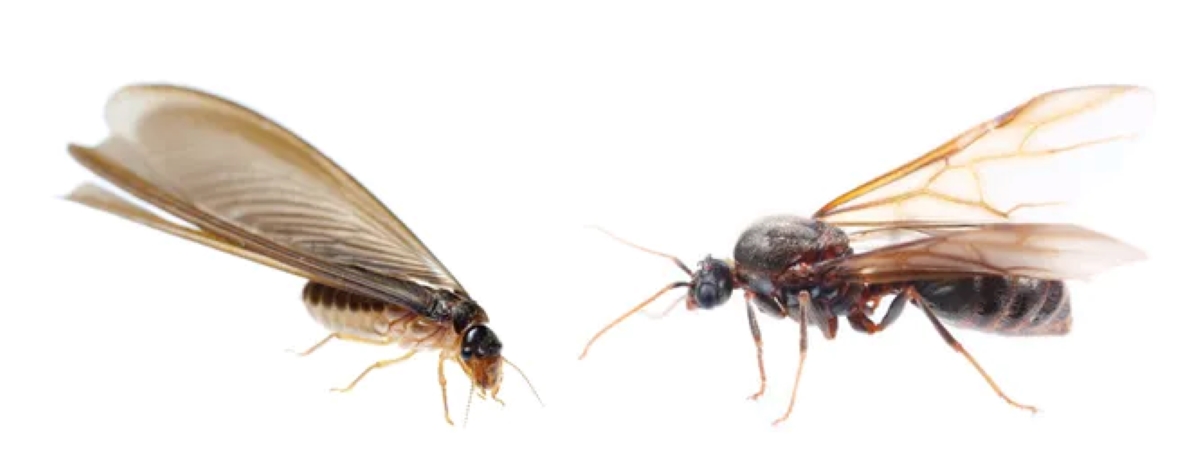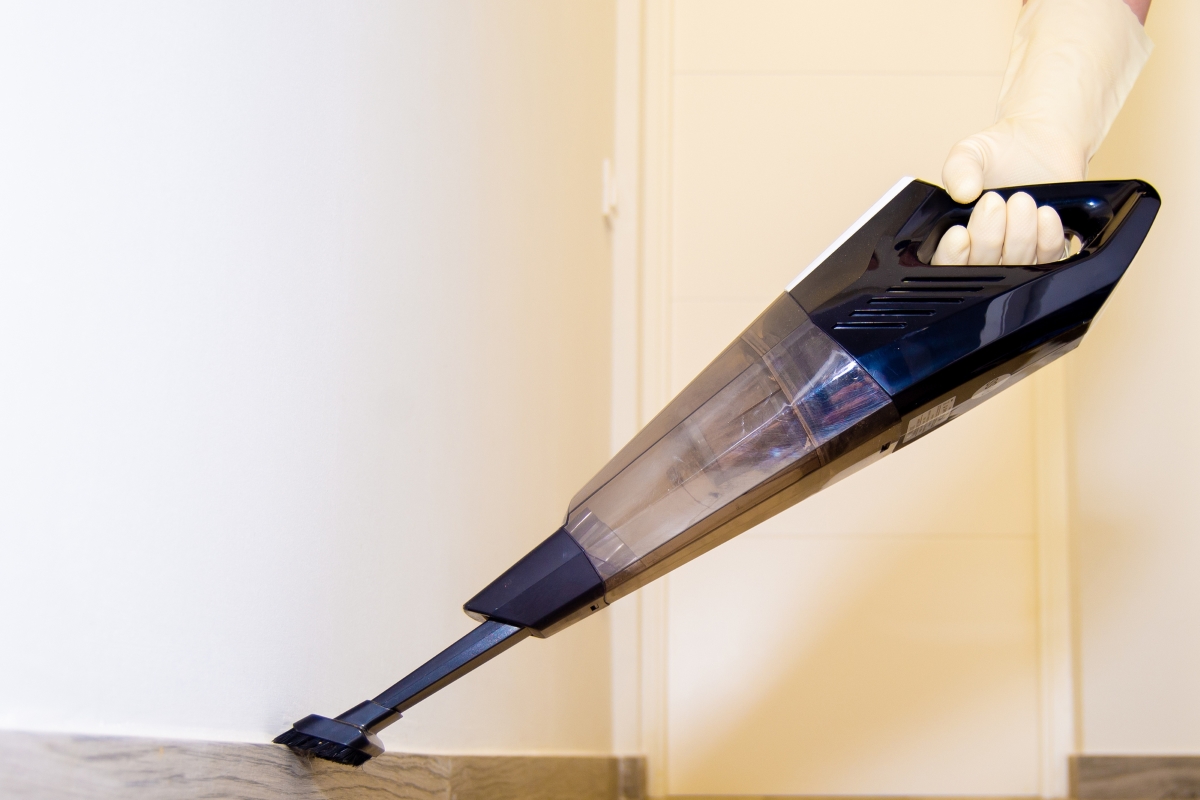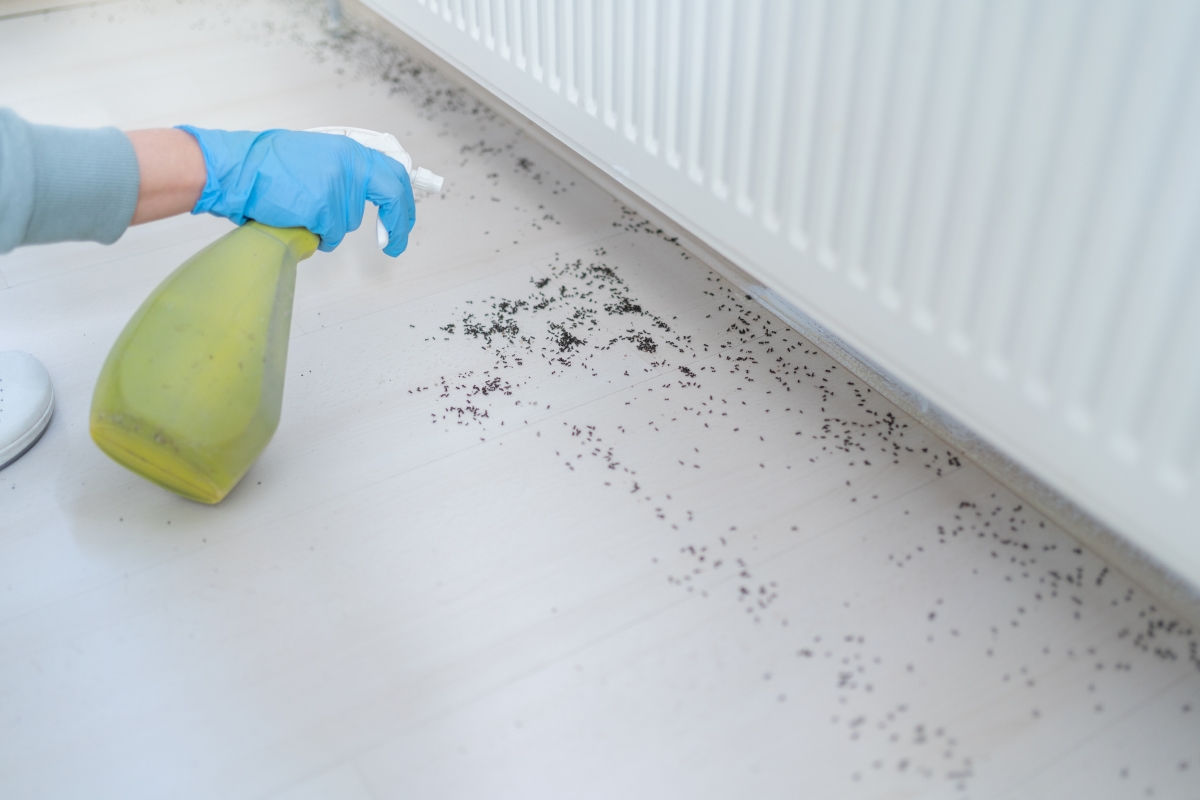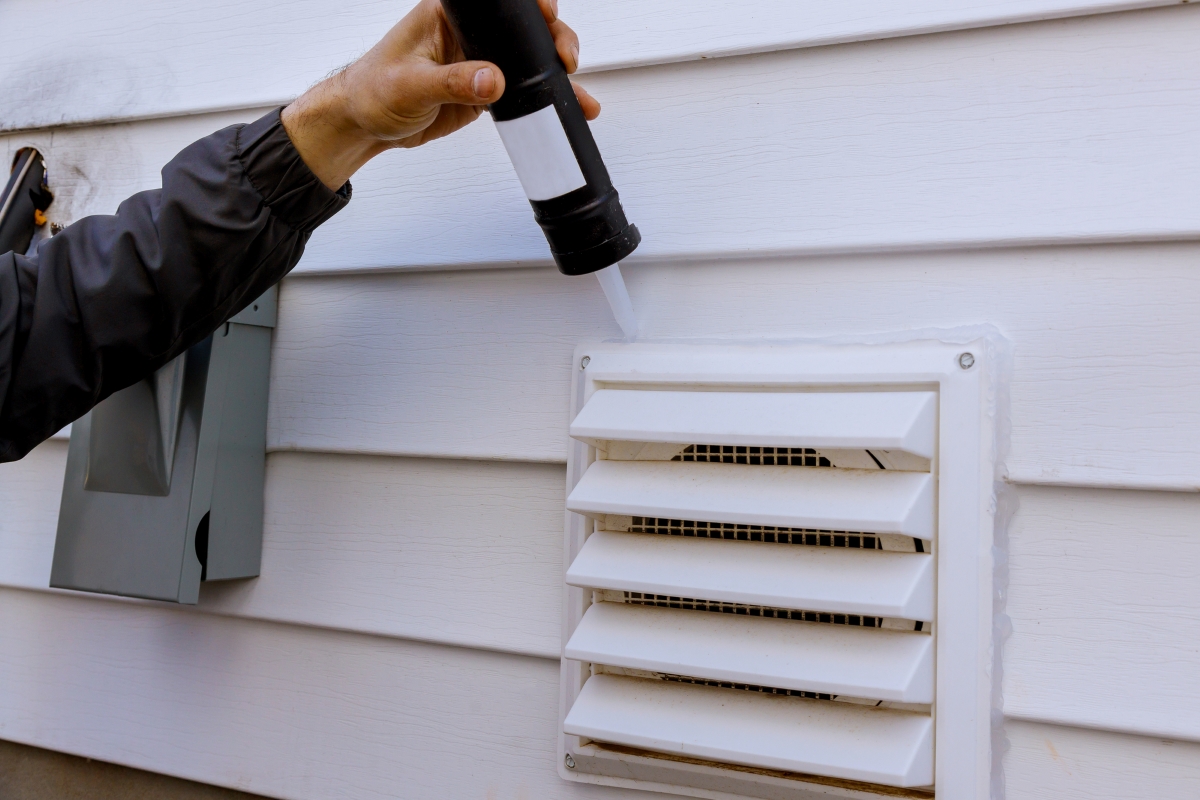We may earn revenue from the products available on this page and participate in affiliate programs. Learn More ›
Flying ants may seem more formidable than their terrestrial counterparts. Interestingly, though, flying ants—also known as swarmers or alates—aren’t actually a specific variety of ant at all. Flying ants can be any of a number of species that grow wings for the mating season. And, while different types of ants have different mating seasons, you’ll most likely find swarmers in your home in times of high humidity or following heavy rains. Most species of ants live just a few days after they sprout wings—enough time to ensure their line of succession. Nevertheless, the short-lived pests can still cause distress.
The good news: While they’re not fun house guests, flying ants are not nearly as destructive as termites and are completely manageable. As soon as you’ve identified your infestation, prepare to get rid of flying ants on your property with the following tools and techniques.
How to Identify Flying Ants
It can be difficult to identify a flying ant because they look so similar to other winged insects. With 15,7000 species of ants on the planet, there’s a lot of variety in appearance.
Flying Ants vs. Termites

At first glance, flying ants are often mistaken for termites, as both pests have four wings and antennae. Upon closer inspection, though, you’ll see that termite wings are all the same size, whereas the front wings of flying ants are usually larger than the back wings. Plus, swarmers have the pinched waists typical to ants, and they have elbowed antennae, unlike the straight ones of termites.
Why are there flying ants in my home?
Like most insects, flying ants are looking for food, water, and shelter. If your home looks inviting to them for any of these reasons, you may have a problem on your hands. Open containers of food or trash bags, food crumbs on the kitchen floor or countertop, or leaky plumbing can attract bugs like flying ants to your home.
“You’ll typically start to see ants invade homes when there is a dramatic weather shift outside,” says Kyle Selbach of All U Need Pest Control, a nationwide pest control company. He added that ants “like a medium-moisture environment, which is why you will typically start to find them in your bathroom or kitchen first.”
Tools & Materials
Bobvila.com may earn a commission from purchases made through these links.
How to Kill Flying Ants
There are plenty of ways to eradicate flying ants in the house. Before going straight for the toxic chemicals, which could harm the environment as well as pets and children, consider some lighter solutions that may just do the trick without the downsides. You may not need to complete all of these steps to eradicate your flying ant problem.
Step 1: Exterminate visible ants.

Vacuuming is probably the easiest way to quickly remove a large swarm of flying ants. Simply suck the pests up with a handheld or full-sized vacuum and then immediately replace the vacuum bag or, outside, empty the canister into a plastic bag, seal it, and dispose of it in your outdoor trash can.
Dish soap spray: A simple bug spray made from dish soap and peppermint oil will do the trick if the ants are scattered and difficult to reach by vacuum. Here’s how to make the spray:
- Fill a spray bottle with one part liquid dish soap and two parts water.
- Add several drops of peppermint oil.
- Shake the solution well.
- Spray it at the ants and the surrounding area.
The soap will stick to the ants, dehydrating them and making it difficult for them to move or fly, and the peppermint oil will suffocate them.
Sticky traps: These are another useful way to stop flying ants in their tracks. If you don’t have any commercial glue traps on hand, you could lay out strips of duct tape, sticky side up, near where you think the ants are entering. Add a sprinkle of sugar or a few drops of honey on top of the tape to attract, and then trap, the ants.
2. Find the ant colony.
First, try to find the colony by trailing the ants back to where they’ve come from. This may or may not be possible. It could be that the ant colony is somewhere in your walls or underneath the home or building’s structure, in which case you can move on to the next steps to prevent the spread of flying ants.
If you do find the colony, though, destroy it. The easiest and most effective way to do so is to pour boiling water over it. Keep the water as hot as possible as you quickly pour it into the hole at the top of the colony where the ants emerge.
Step 3: Spray a solution that will stop the ant’s scent trail.

It can be tough to know whether you’ve sealed every potential ant entrance. For a little extra prevention, spray the area where you found the swarm with either of these solutions:
- Boric acid spray: Mix 1 tablespoon of boric acid powder with 1 cup of water.
- Vinegar spray: Mix equal parts water and vinegar.
Either spray will cut down on the scent trails that the ants have left behind, making it more difficult for their buddies to find their way into your home.
Step 4: Poison the flying ants.
After removing the initial swarm, stay away from the poisons that kill the ants on the spot. Instead, choose a poison that the ants will eat and then take back to the colony, thus infecting future invaders. The main ingredient in those killers is borax.
DIY Borax Trap
You can make your own borax trap by mixing:
1½ cups water
1/2 cup of sugar
1½ tablespoons of borax
Dip cotton balls in the solution and leave them near where you found the swarm or at other places you think ants can find a way inside.
Or, you can buy ready-to-use liquid bait traps from brands like Terro that have borax as an active ingredient.
Step 5: Seal the cracks of your home.

Selbach recommends trying to find out how the bugs are physically entering your home. He suggests asking yourself, “Is there a gap in my door frames, windowsills, or other physical entry points within the home?” If the answer is yes, he says “you’ll want to try to find a way that can physically fill that gap.” Caulk any areas that look like they could be letting pests in from outside. That way, future invaders won’t find an entrance to your home.
Step 6: If your ant problem isn’t resolved, call an exterminator.
If you haven’t found the colony, this is an especially important step, since you haven’t yet had the chance to shut down the source. Consider enlisting the help of a professional from one of the best pest control companies such as Orkin or Terminix to weigh in on the issue.
How to Prevent Flying Ants
To help keep an infestation from taking root in the first place, adopt these simple steps:
- Keep living areas tidy.
- Store food in containers and seal them tight.
- Keep trash in a closed container.
- Check plumbing for leaks.
- Seal up any cracks or gaps in walls, pipes, and other surfaces.


